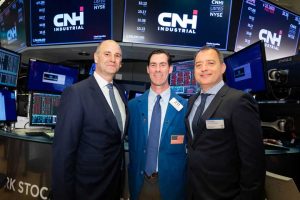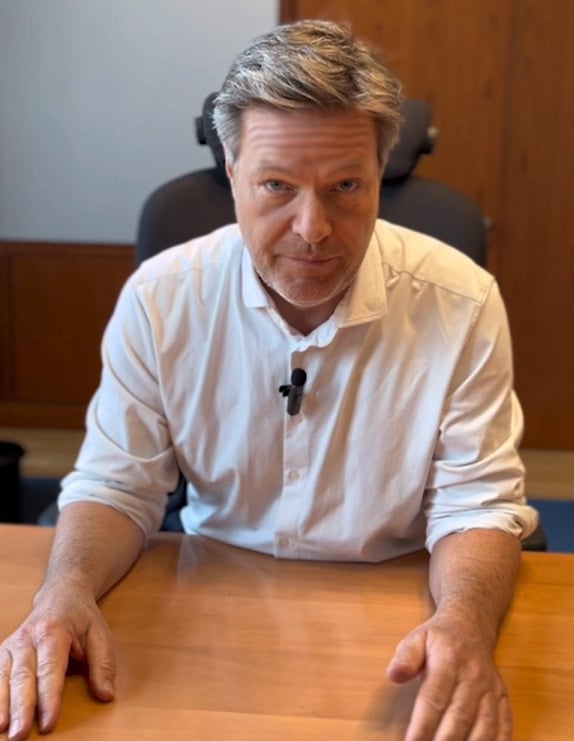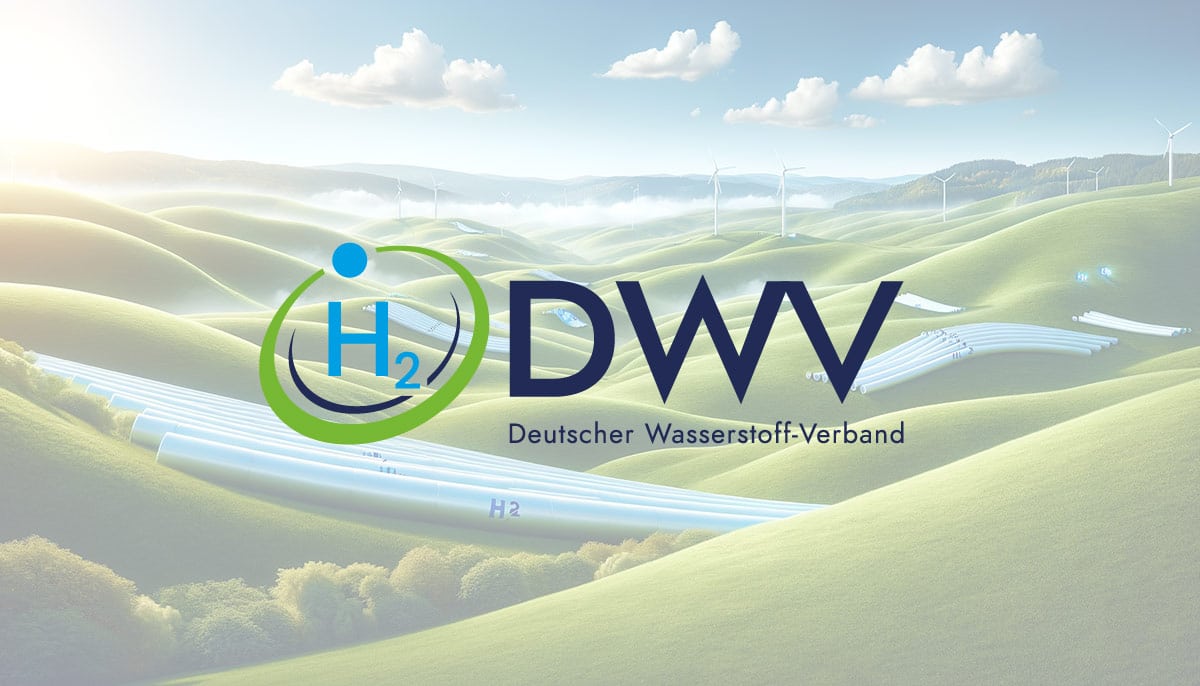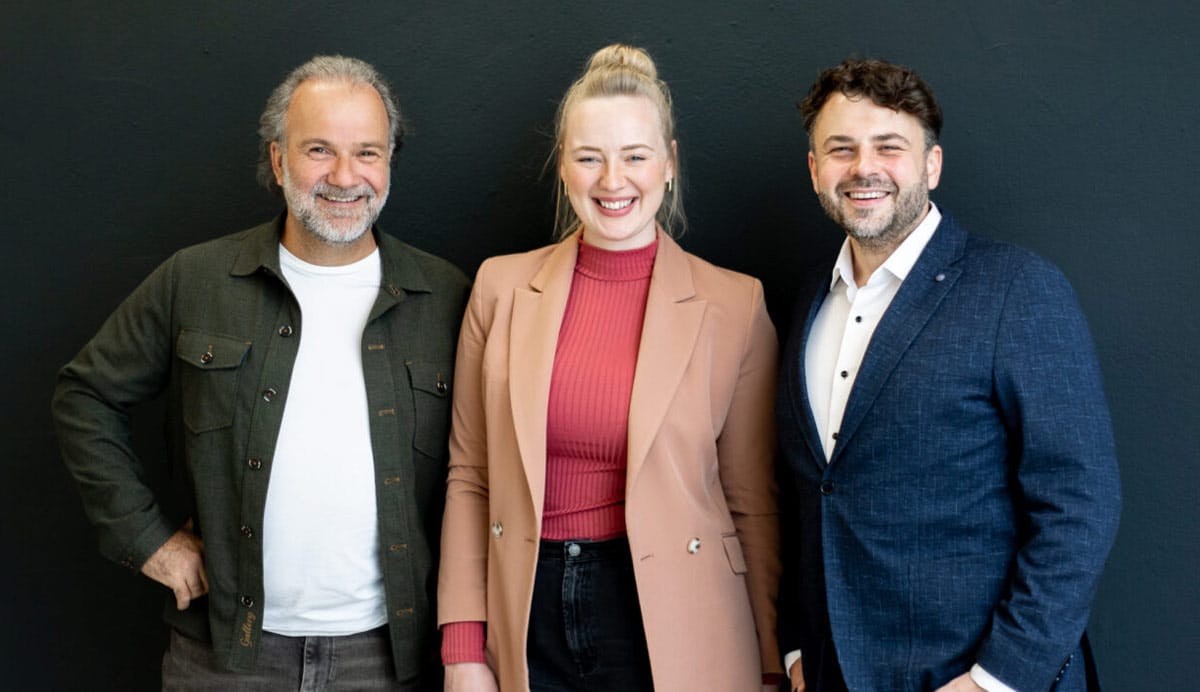The company has now been in the fuel cell business for more than 40 years, with founder Geoffrey Ballard initially relying on lithium batteries before favouring fuel cells and moving the company in that direction. Technologically, the Canadians have always been at the forefront, optimising and positioning themselves and investing massively (over US$ 1 billion) in research and development. This will now pay off step by step.
Many joint ventures with well-known large companies in various markets will see the first fruits through contract awards from next year, as some test series and prototype development will be completed, leading to marketable products. The orders for bus stacks placed in recent months by well-known customers such as Tata Motors (pilot project in Delhi) lead the way. And an order for 15 modules can then become one for 150 or 1,500 or an OEM agreement – in perspective.
As far as Ballard is concerned, I’m betting on China for the time being, since the People’s Republic is currently leading the way here. Unfortunately, the government has still not mentioned any amount that is to flow into the hydrogen theme complex in the form of subsidies, but the money is coming. With its partner Weichai, the Vancouver-based company is ideally positioned via joint stack production. Modules or stacks for 20,000 commercial vehicles can already be produced at Weichai today. Although this is currently the world’s largest production, it could soon change if China implements all that is planned (including 1 million FC vehicles by 2030 and 3,000 H2 filling stations).
Siemens orders FC modules for rail vehicles
Meanwhile, the partnership with Siemens is taking shape: Siemens Mobility GmbH has placed the order for initially two FC modules for the new hydrogen-powered passenger train Mireo Plus H with Ballard. This train is designed for a speed of 160 km/h and a range of 800 km. Initially, test series are planned in Bavaria before going into large-scale production. Both companies together seem to be setting out to compete with Alstom and Hydrogenics (a subsidiary of Cummins) in Europe.
This market has huge growth prospects and is now being addressed. Alstom and Siemens are equally the leaders in the industry, surpassed only by CRRC in China. In China, Ballard is already working with the world’s largest rail traction manufacturer, CRRC. Trams with Ballard equipment are already running in China. I expect the first really big orders to come out of this in 2023/24.
Joint ventures as a basis for growth
Ballard, meanwhile, is calmly expanding its international alliances. Most recently, the partnership with W. L. Gore & Associates was added. This company, with a turnover of more than US$ 3.8 billion and 11,000 employees, is – like Ballard – considered a pioneer in the field of fuel cells, with Gore having special expertise in membranes. Gore-Select, the latest generation of membranes, is already in use at Ballard. Thus, it is a strategic partnership from which both sides benefit. Even if the big turnovers are not reached tomorrow.
Reports on the second quarter
With a turnover of US$ 25 million, the analysts’ forecast was achieved. The bottom line was a minus of US$ 0.07 per share (expected: minus US$ 0.05 per share). However, these figures have no relevance for me. This is because Ballard is working intensively on optimising the stacks, the production processes and the materials used, and is expanding its manpower. This will also create important cost benefits over the competition. Hubertus Mühlhäuser was recently appointed to the Executive Board. He has held many senior positions, including CEO at CNH (Fiat Industries) and AGCO.
There is still US$ 1.24 billion in cash in the bank. Ballard expects strong growth impulses from Europe, where the bus sector is gaining momentum – still slowly, but then with increasing and later even high speed, if, among other things, the climate targets and emission specifications are to be achieved. Many OEMs and municipalities rely on Ballard’s experience. It seems that Ballard will make a major investment in Europe (production site or JV) this year. A conference call said: “We are in very advanced discussions with some very interesting opportunities.”
India will also be exciting, even if the country has only belatedly recognised the prospects that lie in hydrogen. USA has announced various programmes to kick-start the hydrogen economy there. The recently approved US infrastructure programme will be endowed with US$ 550 billion. 26 US states are planning their own H2 programmes, led by California with a US$ 2 billion mobility sector programme.
Ballard also sees good growth opportunities in the establishment of a production line for electrolysers. However, the company will not enter into the production of hydrogen itself – gas producers such as Linde, Air Products or Air Liquide or oil companies can do that better.
Conclusion: This year is still for positioning, while 2022 will see good growth, and possibly an explosion of growth in the years after that. To do this, you have to understand how long the process takes, from product development to optimisation to test runs, before large-scale production begins. In some markets, such as buses and trucks, all this has already been completed; in trains and ships, the programmes are in full swing, but large-scale orders will not come until 2023 to 2025. The current prices are suitable for new purchases as well as for reductions for the medium-term investor. Traders can bet on the news from China, as this should – in case – have a very positive effect on the share price.
Risk warning
Every investor must always be aware of his own risk assessment when investing in shares and also consider a sensible risk diversification. The FC companies and shares mentioned here are small and mid caps, i.e. they are not standard stocks and their volatility is also much higher. This report is not a buy recommendation – without commitment. All information is based on publicly available sources and, as far as assessment is concerned, represents exclusively the personal opinion of the author, who focuses on a medium- and long-term valuation and not on a short-term profit. The author may be in possession of the shares presented here.
Author: Sven Jösting, written August 12th, 2021

























0 Comments